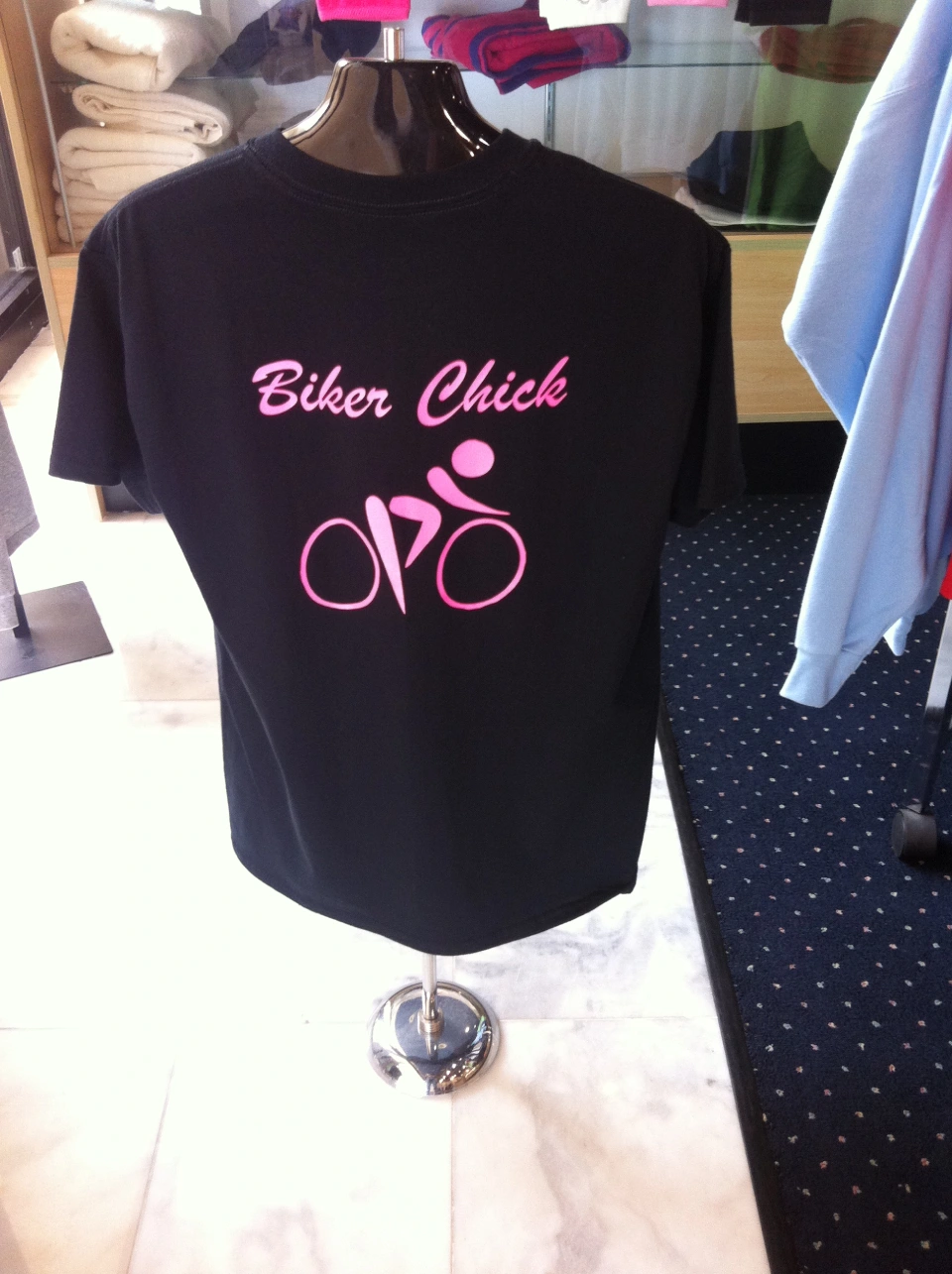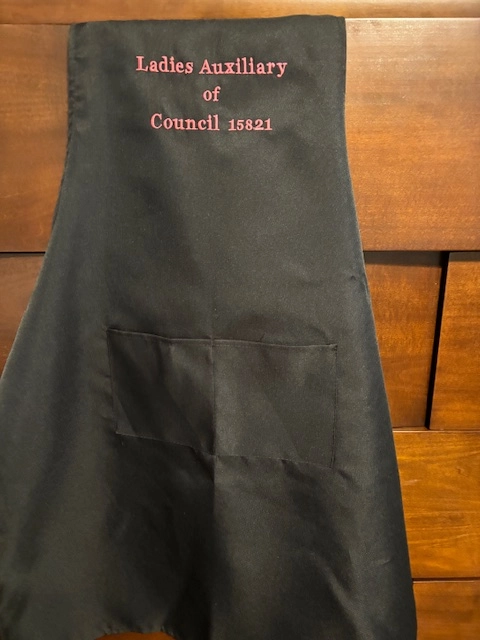The Art of Custom Embroidery: Opening the Secrets to Creating Distinct and Memorable Designs
The tricks to developing custom-made embroidery designs that mesmerize the eye and leave a long-term impact lie in a fragile balance of technique, imagination, and focus to information. As we dive into the world of customized embroidery, we discover the nuanced interplay between thread option, sew intricacy, and style customization that boosts a mere garment to a job of art.
Choosing the Right Needlework Threads
When selecting embroidery threads, what key factors should you take into consideration to make sure the most effective results for your personalized layouts? The option of embroidery string is critical in identifying the last outcome of your stitched design. Among the key factors to consider is the material of the thread. Various materials such as cotton, polyester, rayon, and silk supply varying degrees of luster, resilience, and appearance. It is necessary to select a string material that enhances the textile you are embroidering on and straightens with the desired appearance of the design.
In addition, the weight or thickness of the thread plays a substantial duty in the look of the embroidery. Thicker strings can include dimension and texture to your design, while finer threads are optimal for elaborate information and little message. In addition, thinking about the color fastness and washability of the string is essential to ensure that your custom layouts maintain their quality and vibrancy in time. By carefully assessing these aspects and choosing high-quality strings that meet your details needs, you can boost the aesthetic charm and longevity of your stitched developments.
Exploring Various Stitch Strategies
To dig into the realm of 'Discovering Various Stitch Methods', one need to realize the ins and outs and subtleties that each sewing technique offers the art of embroidery. Different stitch techniques not just include aesthetic interest yet likewise contribute to the overall appearance and dimension of the layout. One preferred stitch technique is the satin stitch, which includes closely stuffed parallel stitches to develop a smooth and glossy surface area, suitable for filling out shapes and producing strong lays out.
On the various other hand, the backstitch is a functional strategy often used for outlining and including fine details. It includes sewing backwards to produce a strong line of needlework. Additionally, the French knot stitch includes a tactile component to layouts, best for developing distinctive accents like blossom facilities or attractive touches.
Checking out various stitch techniques permits embroiderers to play with light, darkness, and deepness within their styles, raising the visual allure and creative top quality of their embroidery tasks. By grasping various sewing methods, one can open limitless possibilities for producing special and unforgettable custom-made needlework pieces.
Incorporating Personalized Design Elements
Having actually checked out the ins and outs of different stitch methods such as the satin stitch, backstitch, and French knot, the focus now moves in the direction of incorporating individualized layout components in weblink custom-made embroidery projects. Personalized layout aspects play an essential duty in making embroidery projects really unique and unforgettable. One means to include customization Click Here is by adding initials, names, or substantial dates to the design. This not just includes a personalized touch but also enhances the sentimental worth of the embroidery piece.
One more means to incorporate individualized layout components is by including icons or motifs that hold unique meaning to the recipient or show their passions and personality. Incorporating a favorite blossom, pet, or hobby-related icon can make the needlework layout extra meaningful and tailored. Additionally, picking colors that reverberate with the recipient or line up with the desired motif can additionally boost the customization of the needlework job.
Understanding the Art of Shade Control

One key element of color coordination is recognizing shade concept. This includes understanding exactly how various shades connect with each other, the feelings they convey, and how they can be combined to create aesthetically enticing styles. By using color theory principles, embroiderers can create unified color combinations that enhance from this source the general look of the style.
Furthermore, paying focus to comparison is critical in color coordination. Making use of contrasting colors can help certain elements of the style pop, improve readability, and develop an aesthetically dynamic embroidery item. By understanding the art of shade coordination, embroiderers can boost their designs and develop unforgettable items that reverberate with clients and visitors alike.
Enhancing Appearance With Advanced Needlework Stitches

French knots, for example, are best for adding little, raised dots to your style, mimicking the appearance of grains or developing a textured surface area. Bullion knots, on the other hand, can be made use of to develop twisted, ropelike components that include a glamorous feeling to the embroidery. Seed stitching entails small, scattered stitches that can fill out areas with a speckled structure, while turkey job creates fluffy, dimensional accents reminiscent of animal fur or foliage. Try out these sophisticated embroidery stitches permits you to push the limits of standard needlework and develop absolutely distinct and aesthetically enticing structures in your layouts.
Conclusion
To conclude, the art of custom-made embroidery entails a mix of selecting the ideal threads, checking out different stitch methods, integrating tailored design elements, grasping shade sychronisation, and enhancing structure with advanced stitches. By comprehending and carrying out these key aspects, embroiderers can produce unique and remarkable designs that showcase their creativity and skill. Needlework lovers can open the secrets to developing gorgeous and custom pieces that stand out and leave a long lasting impression.